At A Glance
- The hard seed in the center of cherries is full of prussic acid, also known as cyanide, which is poisonous.
We are all extremely careful what we serve our family: very fresh fruits and vegetables as often as our budgets would allow, and even imported ones as special treats. But research has shown that many of our daily food items could harm our loved ones.
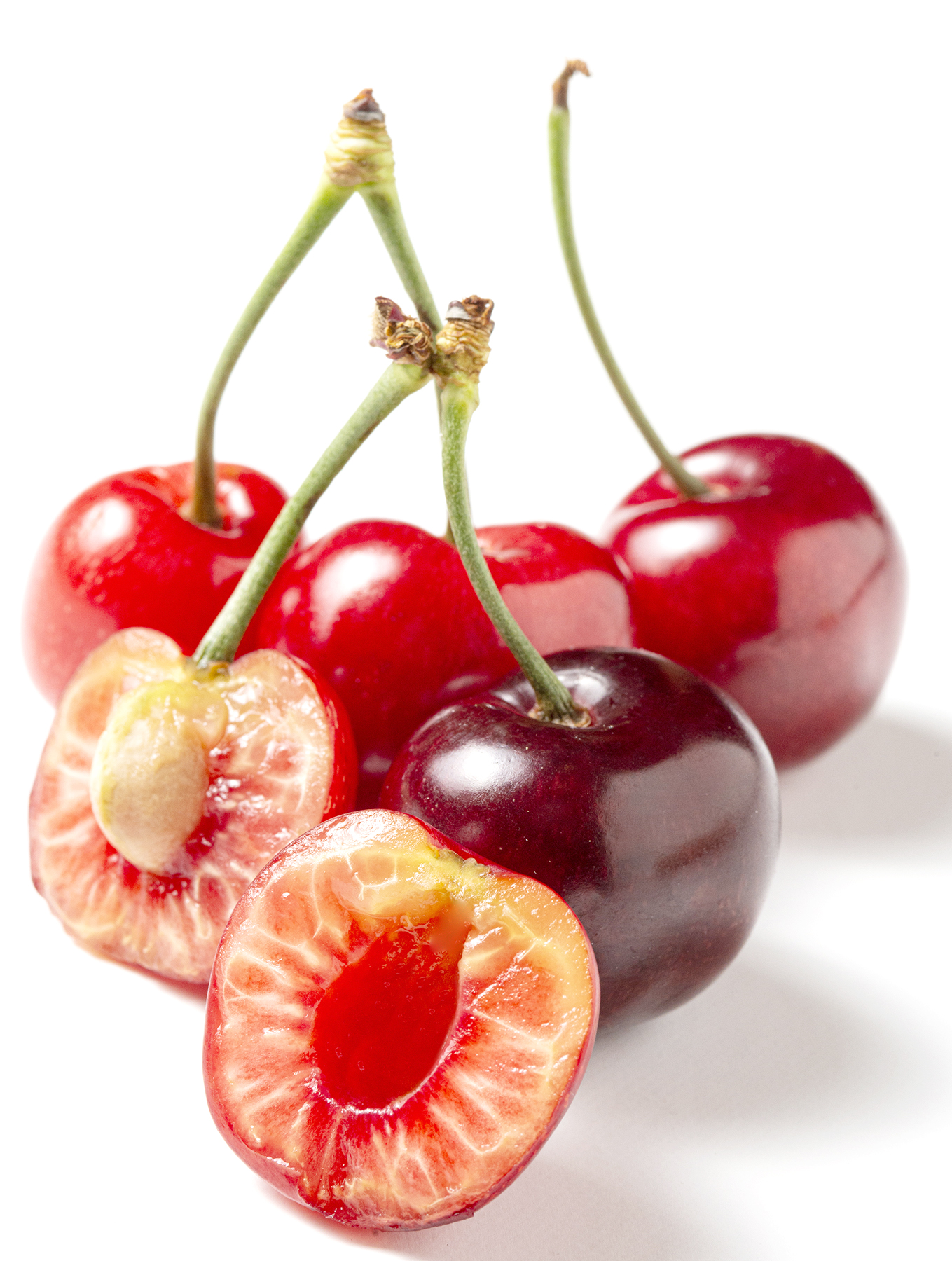
Cherry pits
The hard seed in the center of cherries is full of prussic acid, also known as cyanide, which is poisonous. But there’s no need to panic if you accidentally swallow one—intact pits will just pass through your system and out the other end. Just make sure to remind everyone to avoid crunching or crushing pits as you nibble on your cherries.
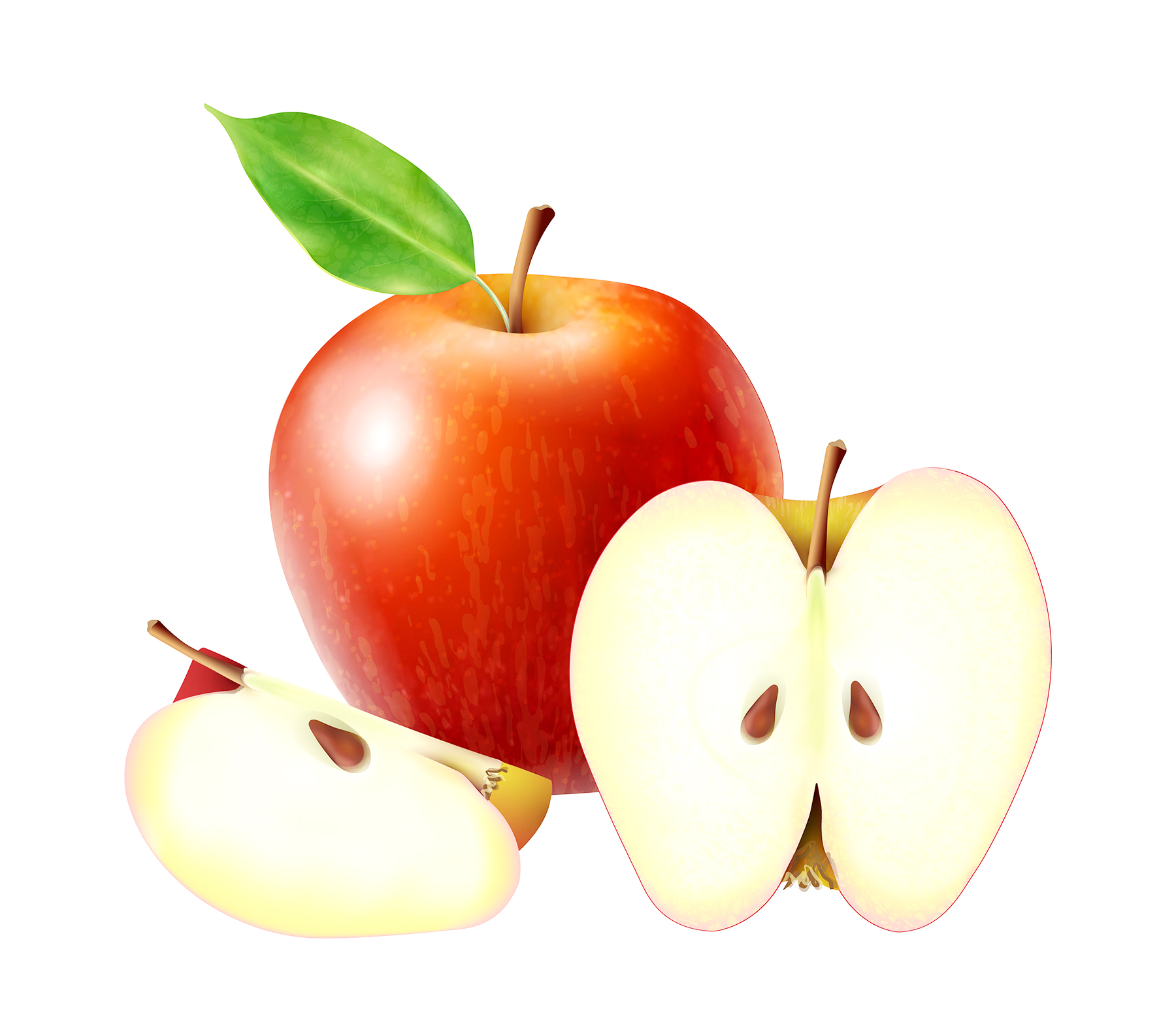
Apple seeds
There’s also cyanide in apple seeds. Luckily, apple seeds have a protective coating that keeps the cyanide from entering your system if you accidentally eat them. But even in small doses, cyanide can cause rapid breathing, seizures, and possibly death.
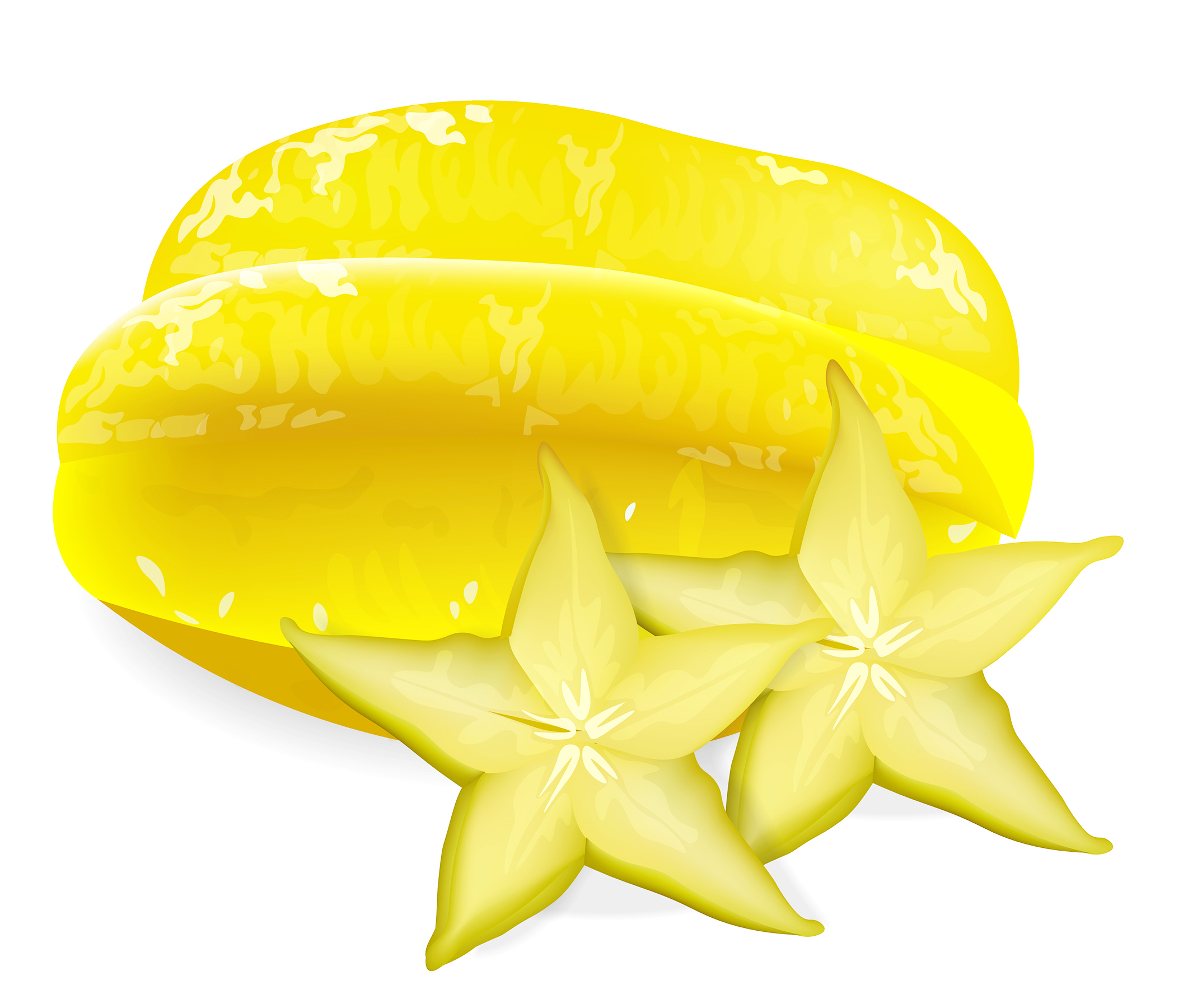
Star fruit (balimbing)
If you have kidney disease, it’s best to leave star fruit out of your diet. Normal kidneys can filter out the toxins in this sweet fruit, but for a system that can’t, the toxin sticks around and can cause mental confusion, seizures, and death.
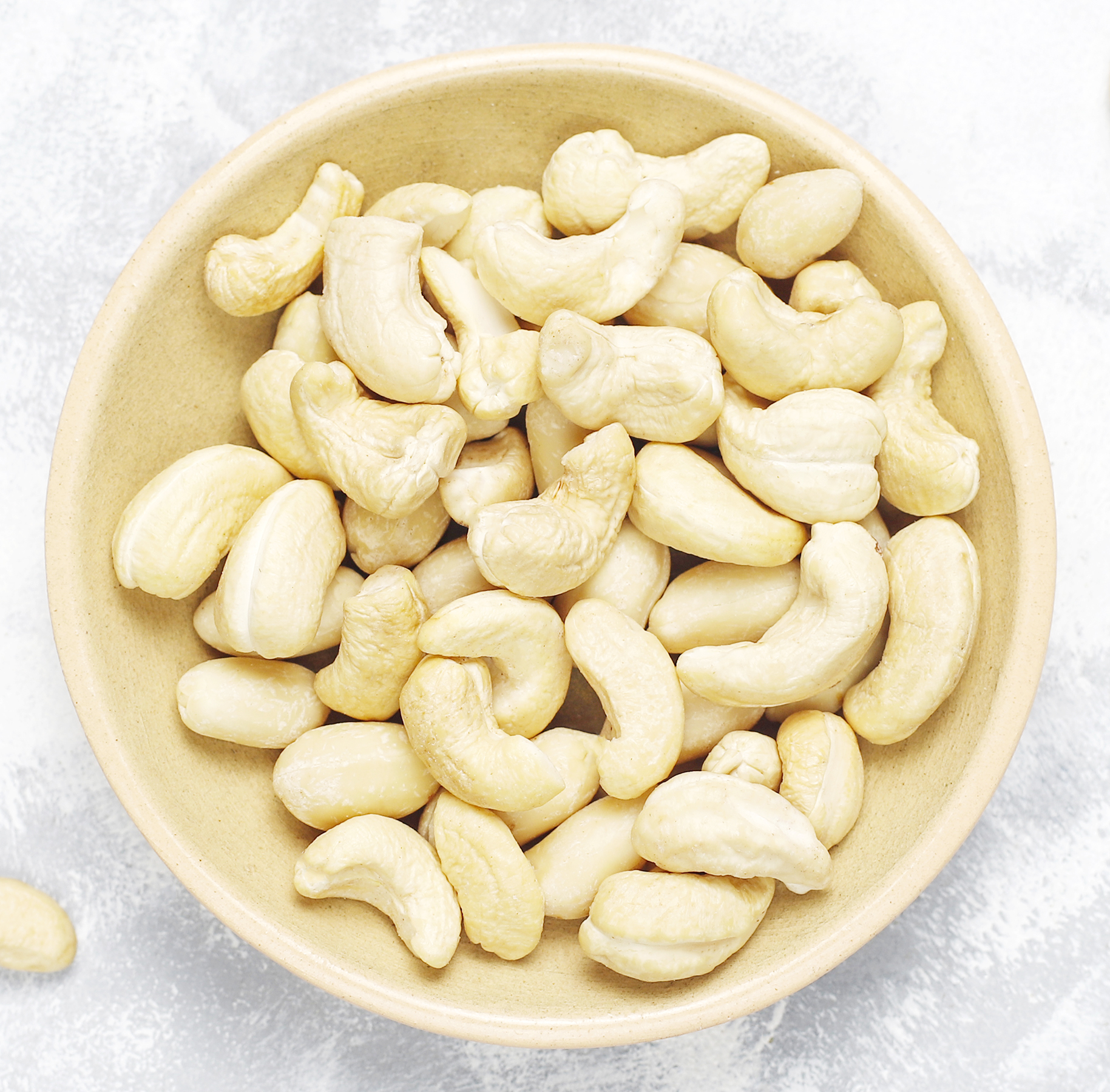
Raw cashews
The cashews sold in stores with a raw label aren’t exactly that. Before they hit the shelves, they’re steamed to remove a toxin called urushiol in their shells. Urushiol is the same toxin you find in poison ivy. Eating pre-steamed cashews can cause an allergic reaction and can be fatal if your allergies are severe.
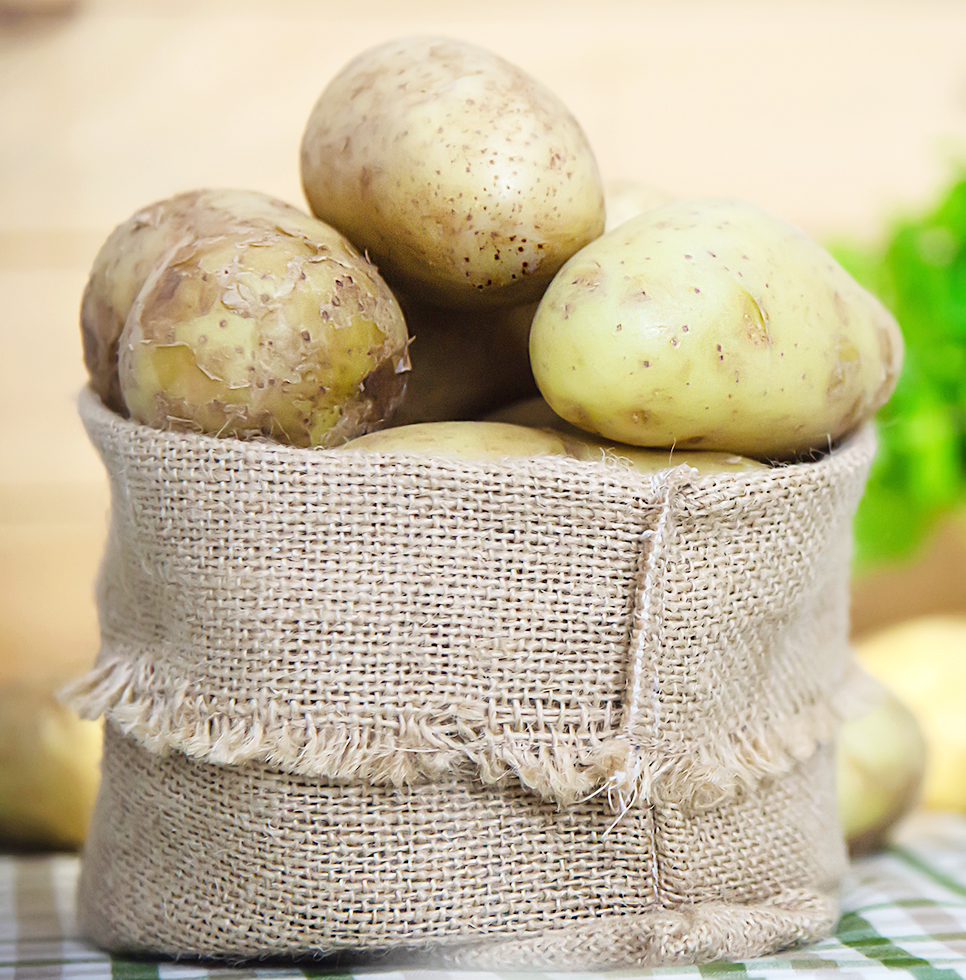
Green potatoes
The leaves, sprouts, and underground stems (tubers) of potatoes contain a toxic substance called glycoalkaloid. Glycoalkaloids make a potato look green when it’s exposed to light, gets damaged, or ages. Eating potatoes with a high glycoalkaloid content can cause nausea, diarrhea, confusion, headaches, and death.
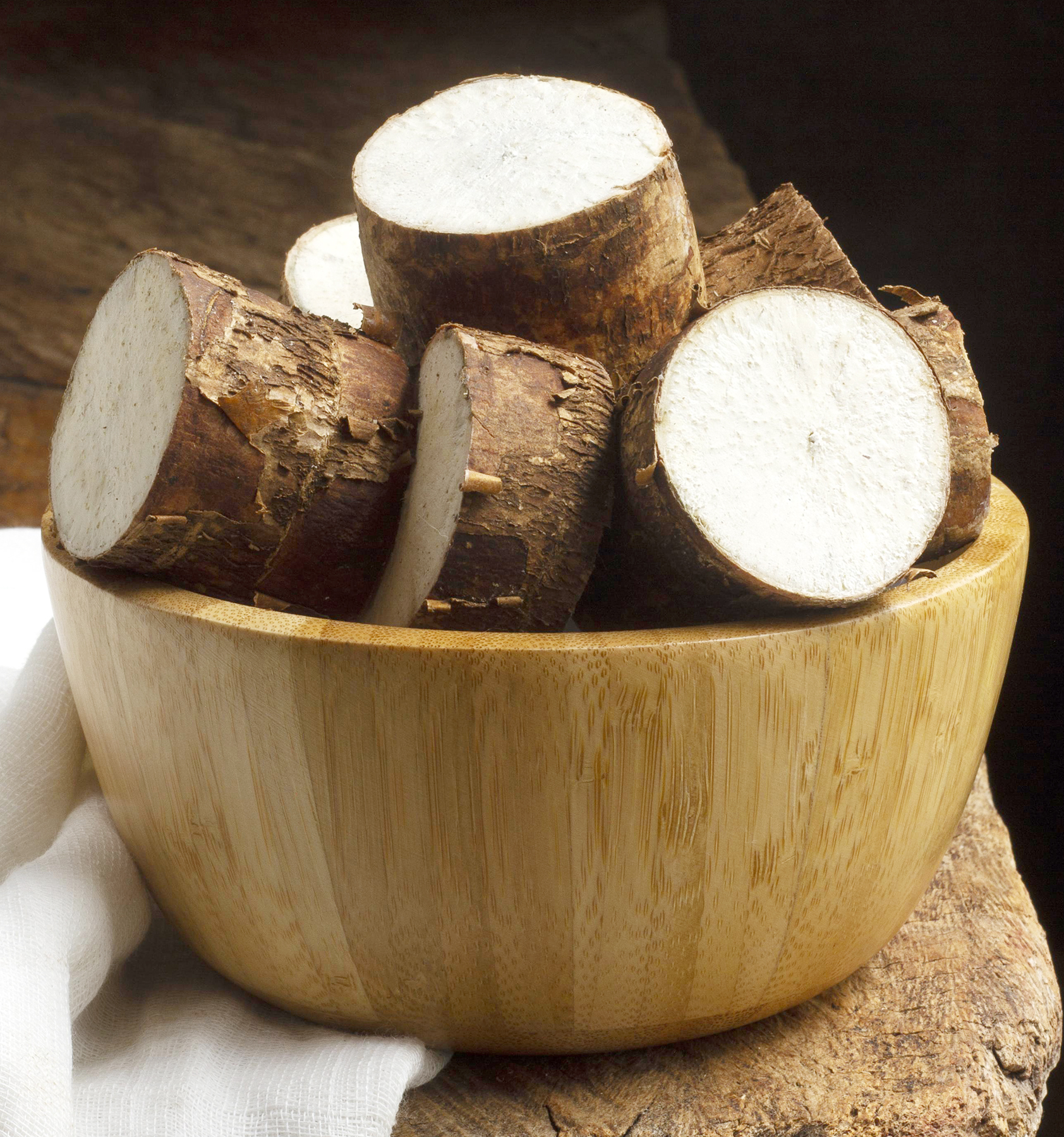
Cassava
Cassava, a tropical root crop similar to taro and yam, is often used to make pudding (tapioca), juice, cakes and chips, but its leaves and roots can produce deadly cyanide. To prevent poisoning, cassava must be properly cooked before canning, eating, or serving.
Cassava is classified into two main types: sweet and bitter. Sweet cassava, which contains low levels of cyanogenic glycosides (50mg/kg), only requires cooking to reduce the cyanide content to non-toxic levels, but bitter cassava contains more toxins and must be grated, soaked, and cooked properly prior to consumption.
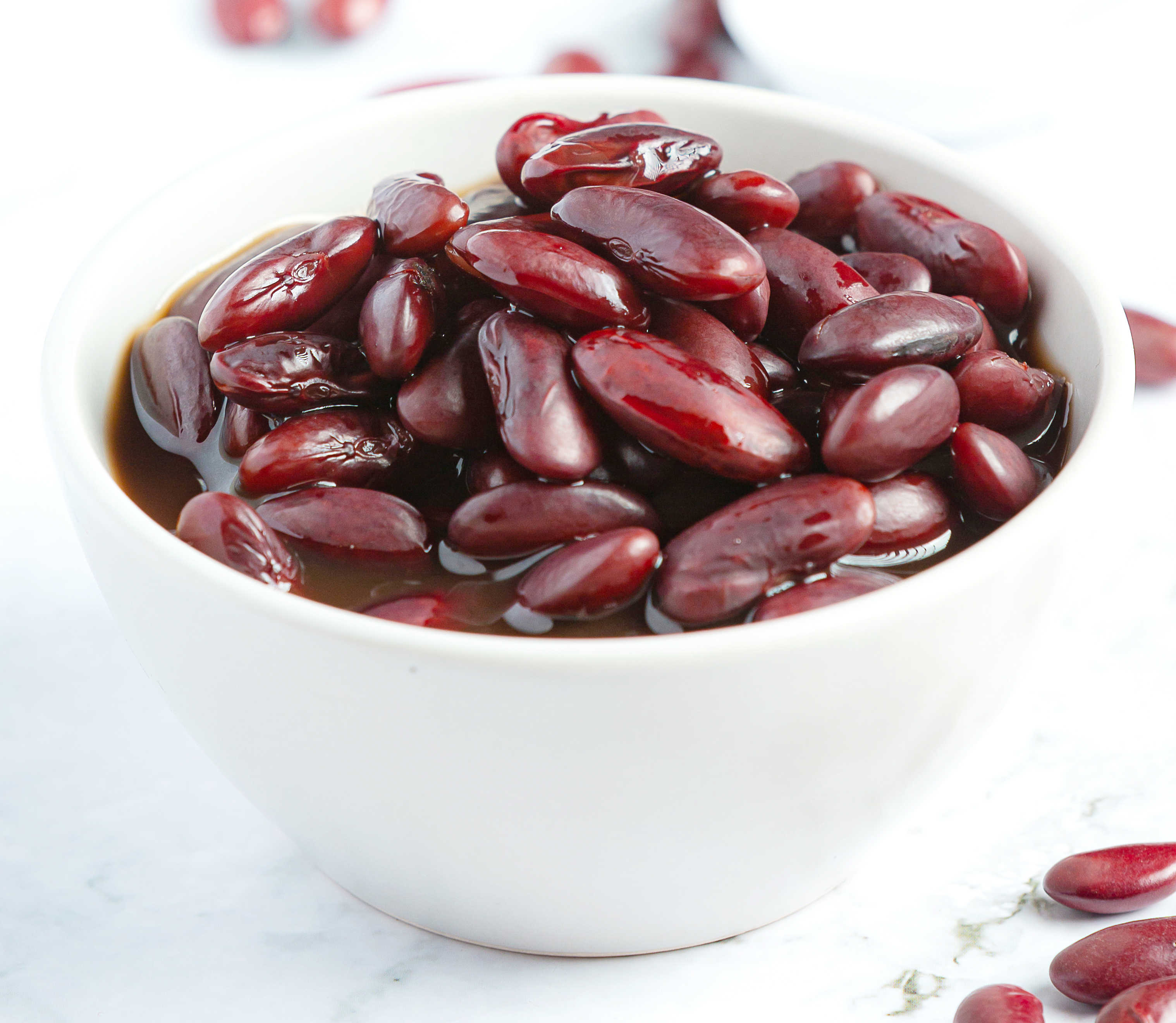
Raw kidney beans
Of all the bean varieties, raw red kidney beans have the highest concentration of lectins. Lectins are a toxin that can give you a bad stomach ache, make you vomit, or give you diarrhea. It only takes four to five raw kidney beans to cause these side effects, which is why it’s best to boil beans before eating.
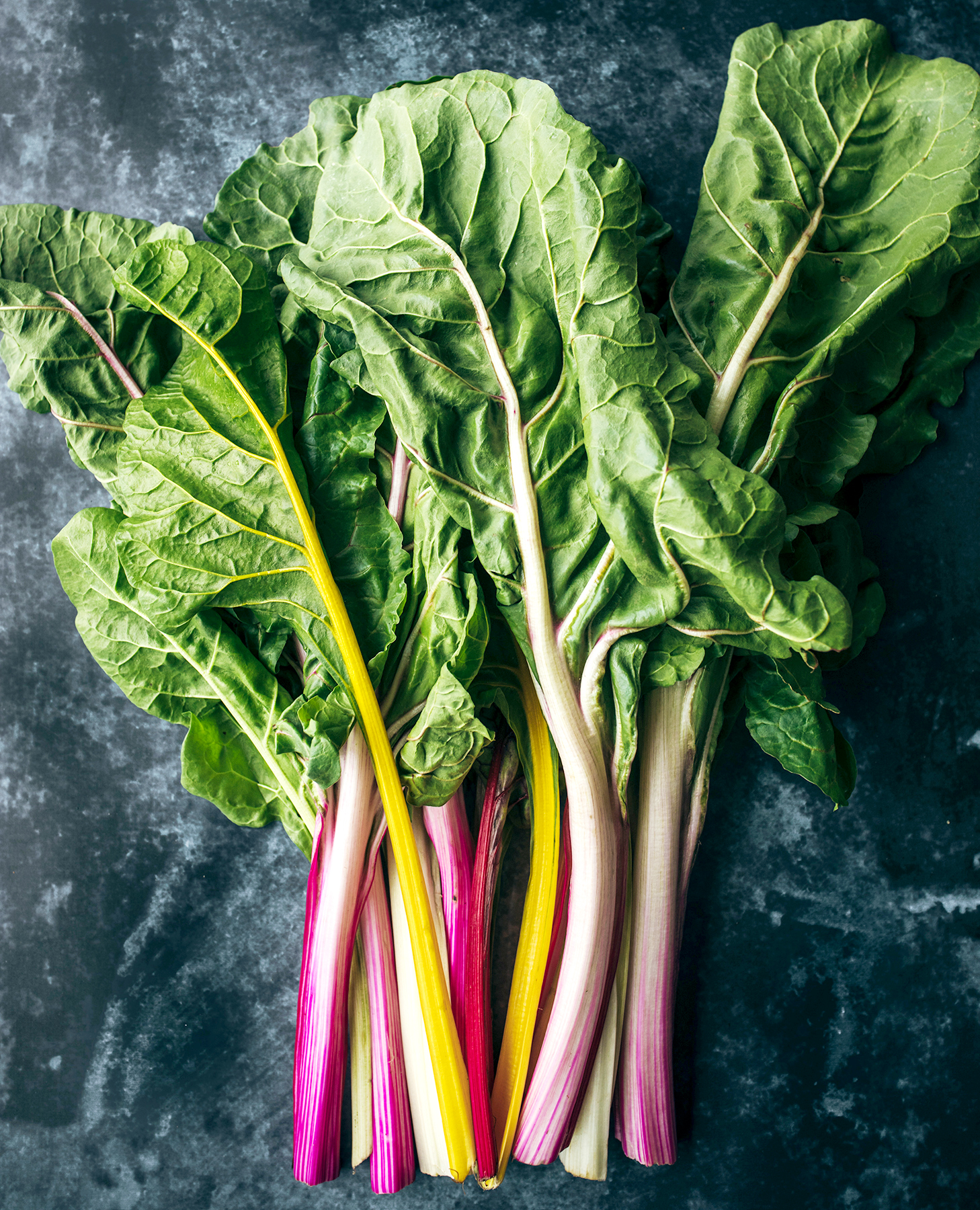
Rhubarb leaves
Relatively new in the Baguio vegetable market are bundles of rhubarb stems, which the vendors say make good pies. Eating the stalk is OK, but leave out the leaf.
Rhubarb leaves contain oxalic acid, which binds to calcium and makes it harder for your body to absorb it. In turn, your bones can’t grow the way they should, and you’re at risk for kidney stones, blood clotting problems, vomiting, diarrhea, and coma.
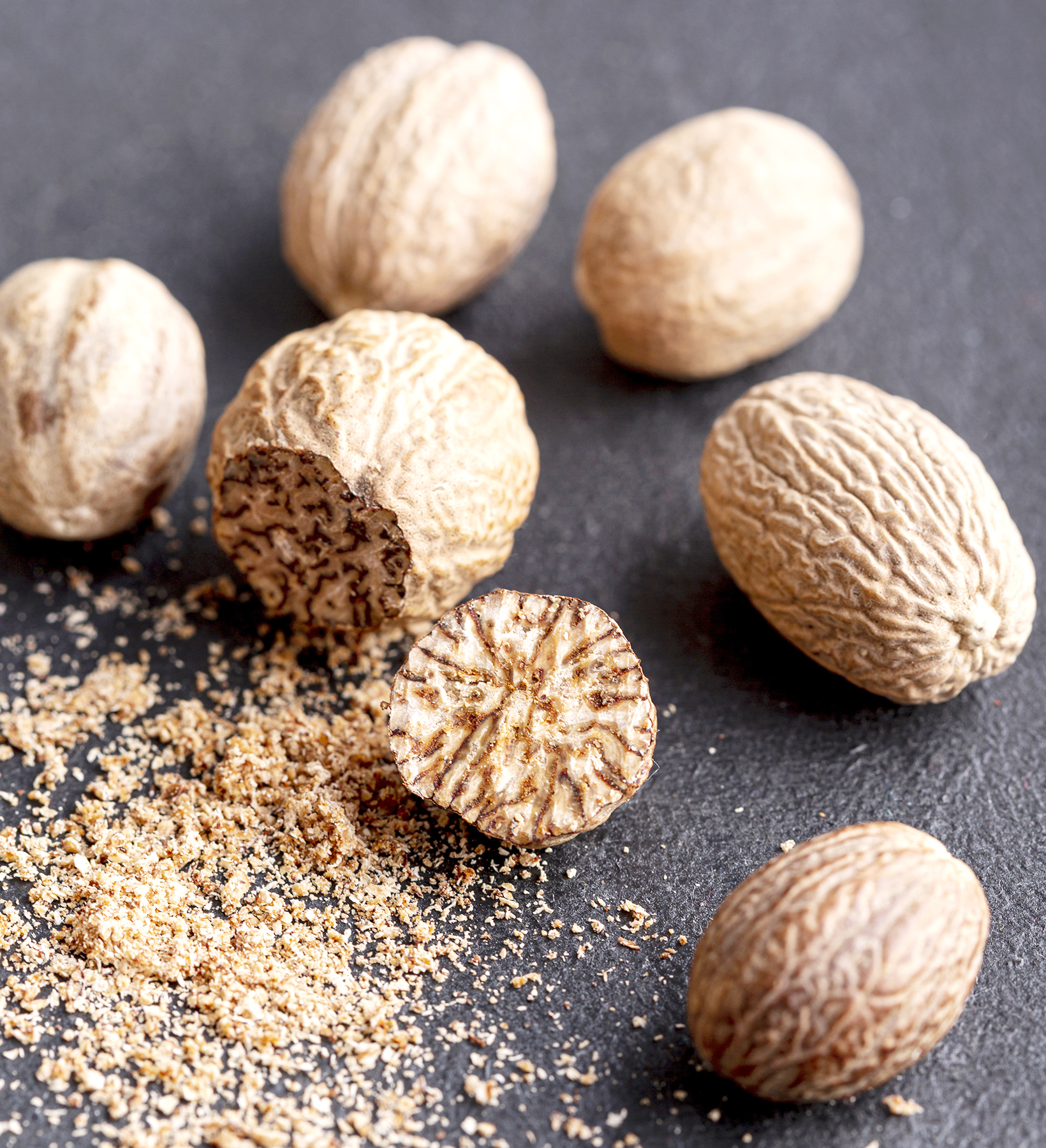
Nutmeg
Nutmeg adds a nice, nutty flavor when you add it in small amounts to baked goods. But eaten by the spoonful, it can cause big problems to your system. Even as little as two teaspoons can be toxic to your body because of myristicin, an oil that can cause hallucinations, drowsiness, dizziness, confusion, and seizures.
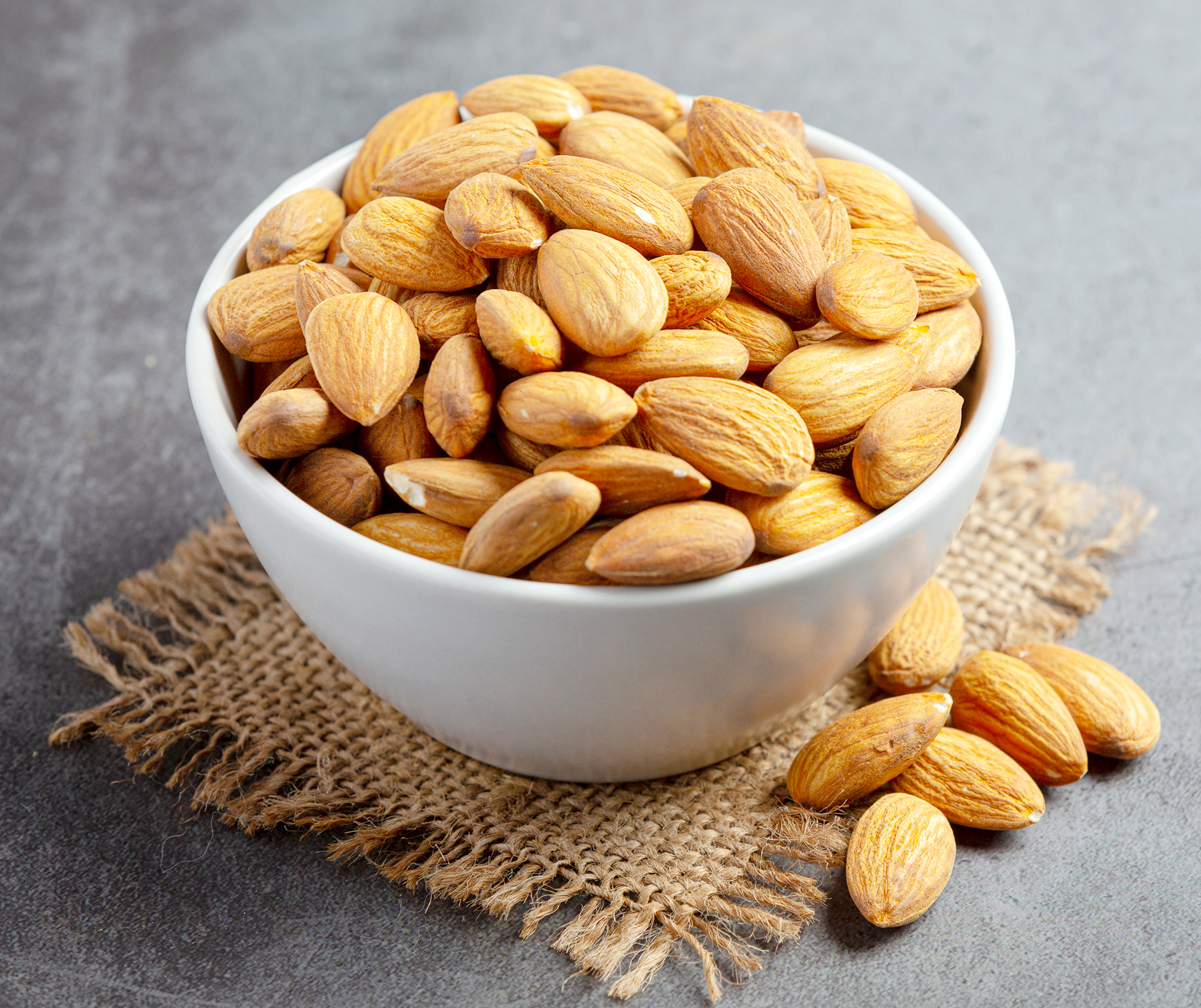
Bitter almonds
Both types of almonds—bitter and sweet—have amygdalin, a chemical compound that can turn into cyanide, but bitter almonds have the highest levels by far. Sweet almonds are safe to snack on, but eating untreated bitter almonds can cause cramps, nausea, and diarrhea.
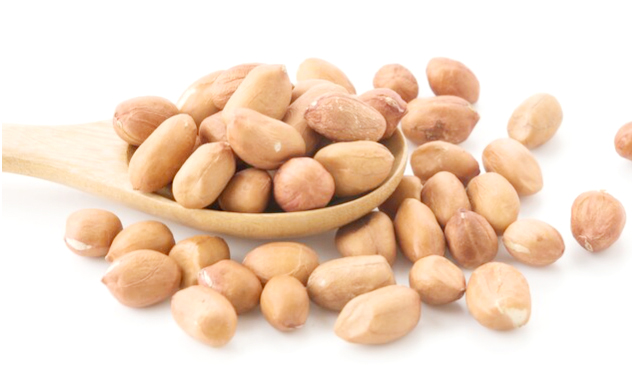
Peanuts
One of the most common allergies is to peanuts. The most severe response is anaphylaxis, which can lead to severe constriction of the airways, shock, and even loss of consciousness. It is dangerous enough to cause death if left untreated, so know your allergies before stepping anywhere near these babies or their addictive friend, peanut butter.
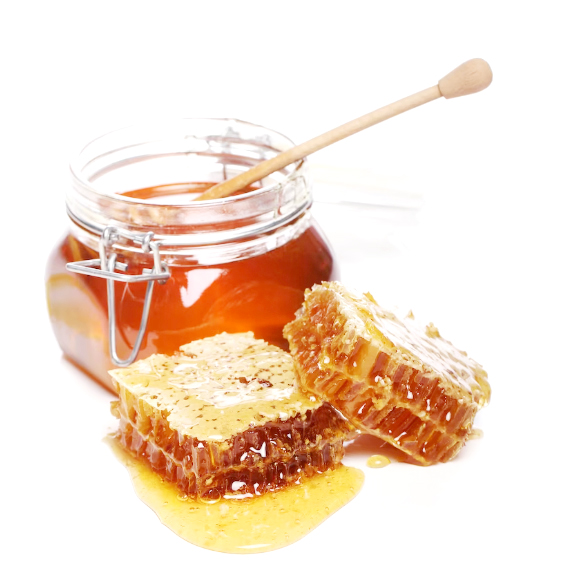
Honey
Pyrrolizidine alkaloids, poisonous toxins, are found in this sweet and sticky treat. If honey isn’t pasteurized properly, eating it can lead to headaches, dizziness, weakness, and vomiting. Eating too much of it can be fatal.
Intestinal distress, neurological effects, convulsions, and even death can occur if eaten in large enough quantities.